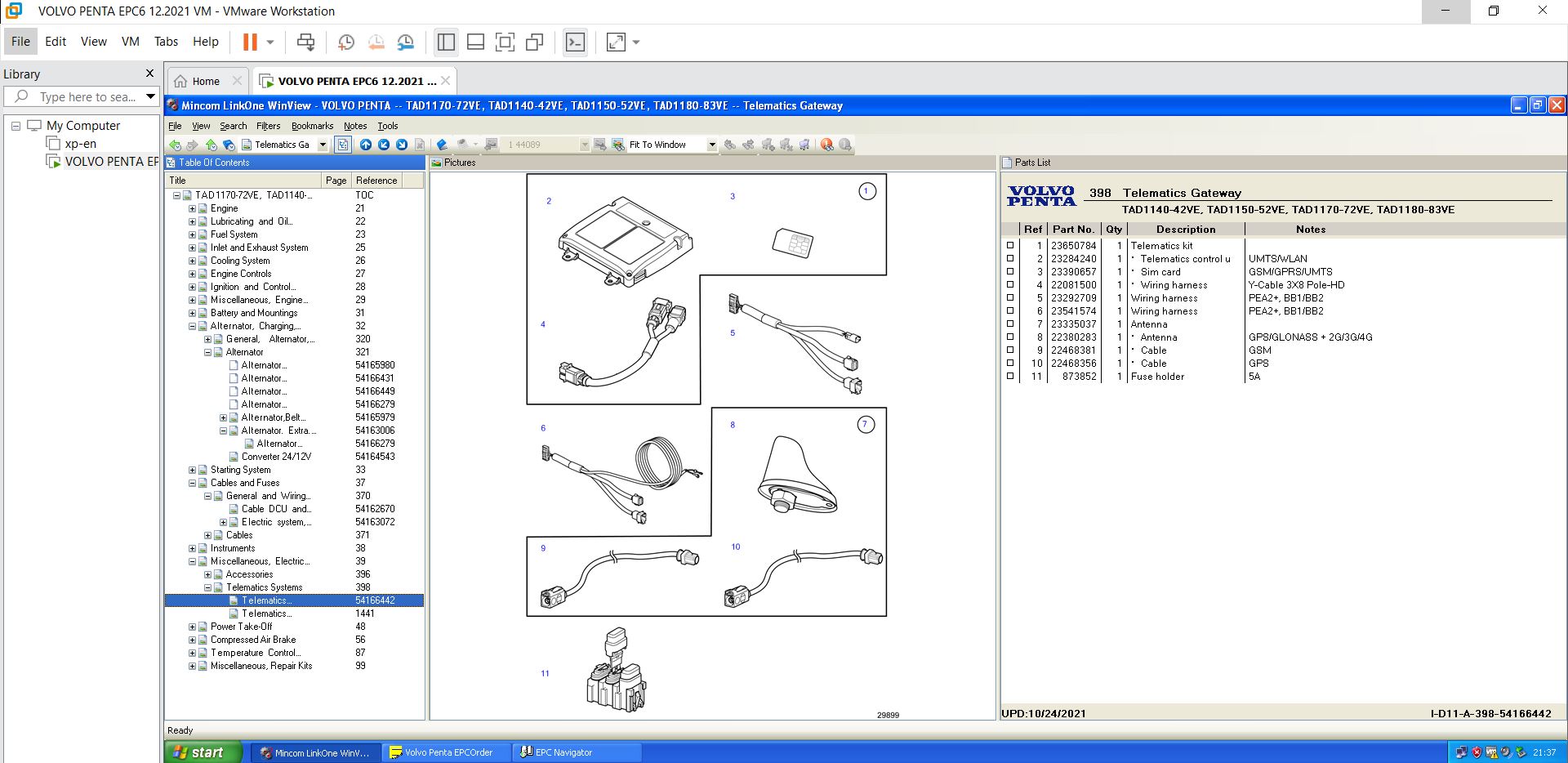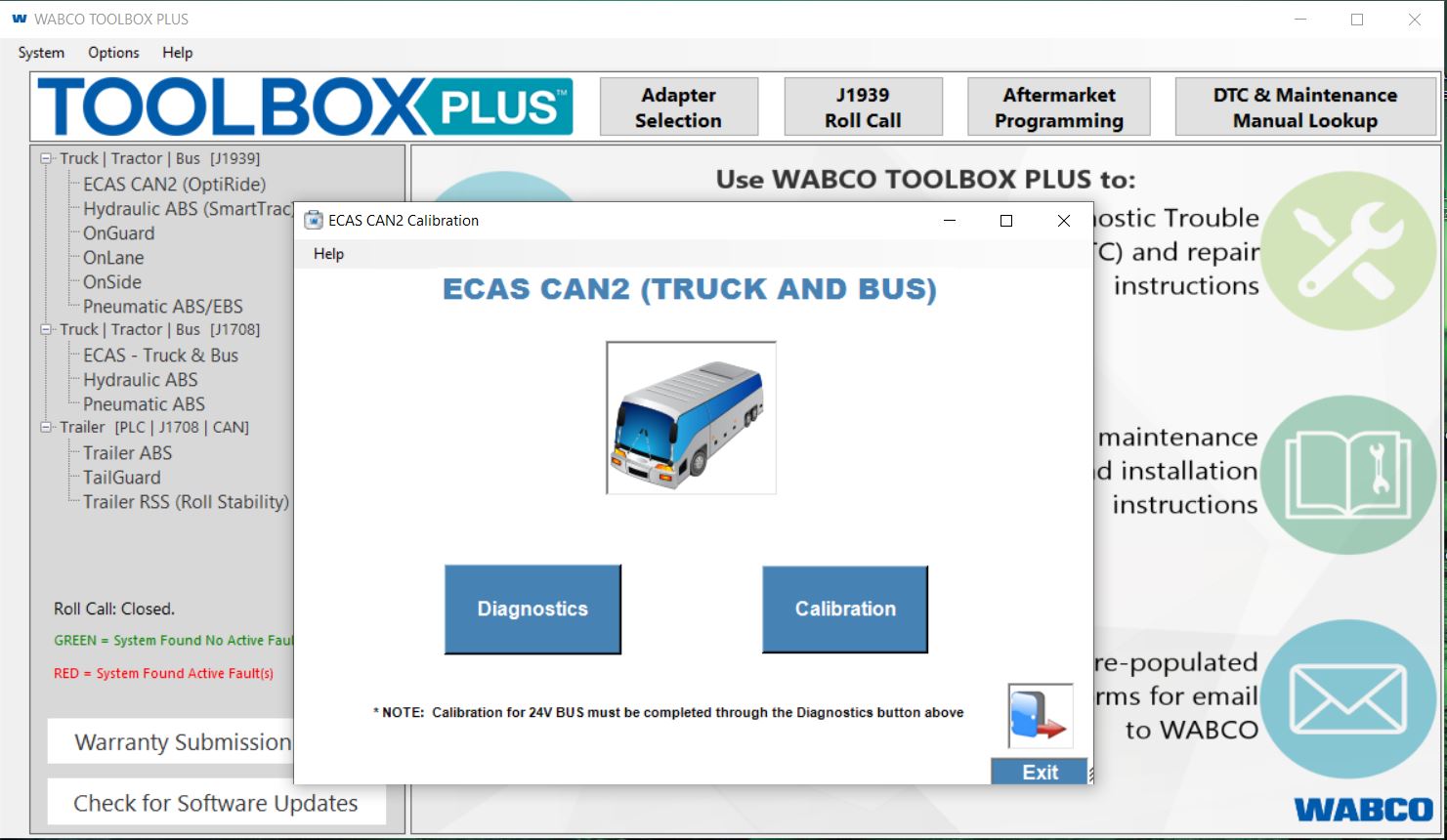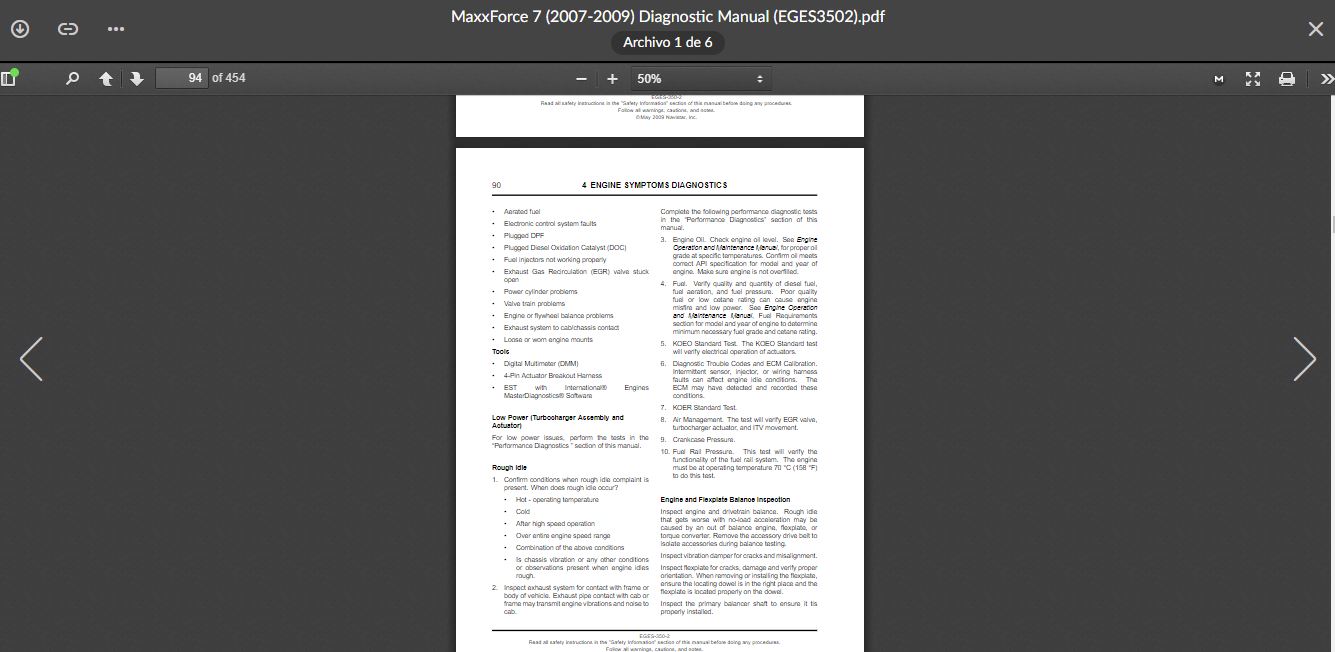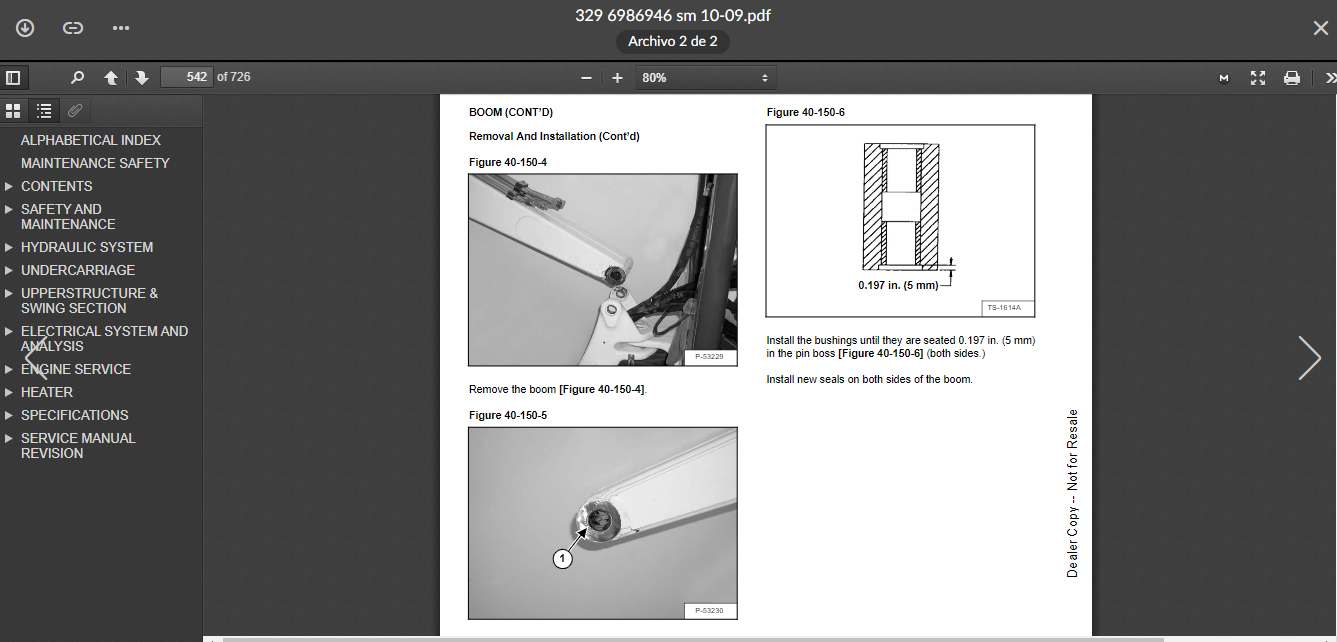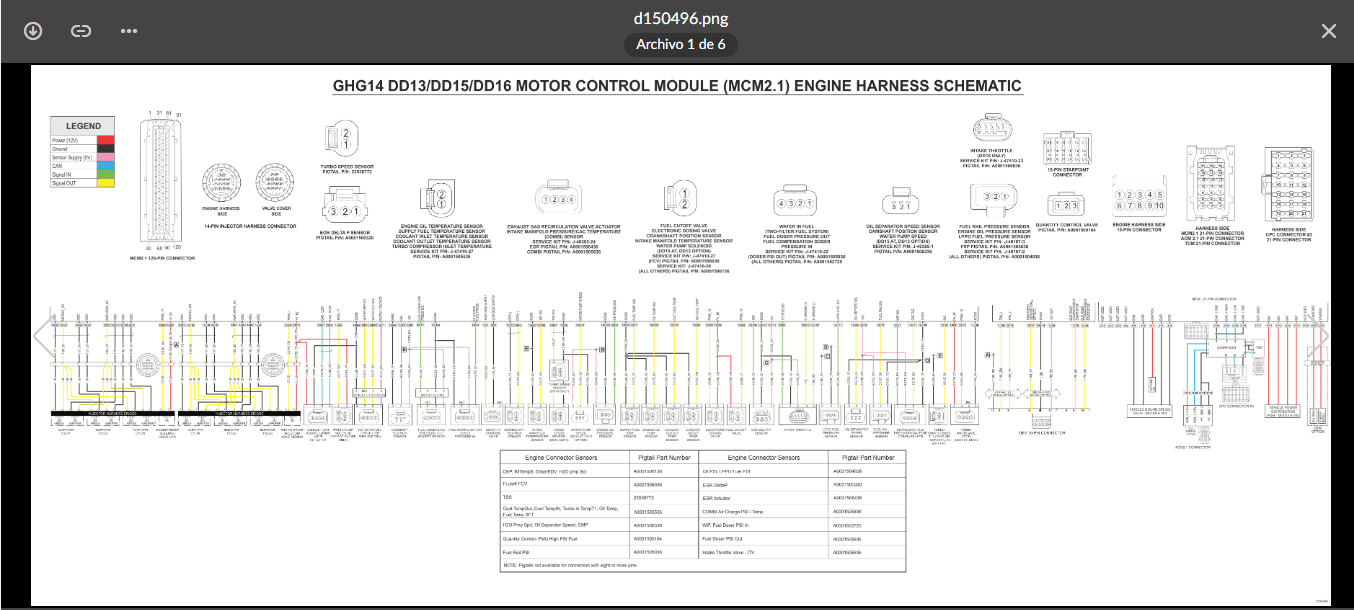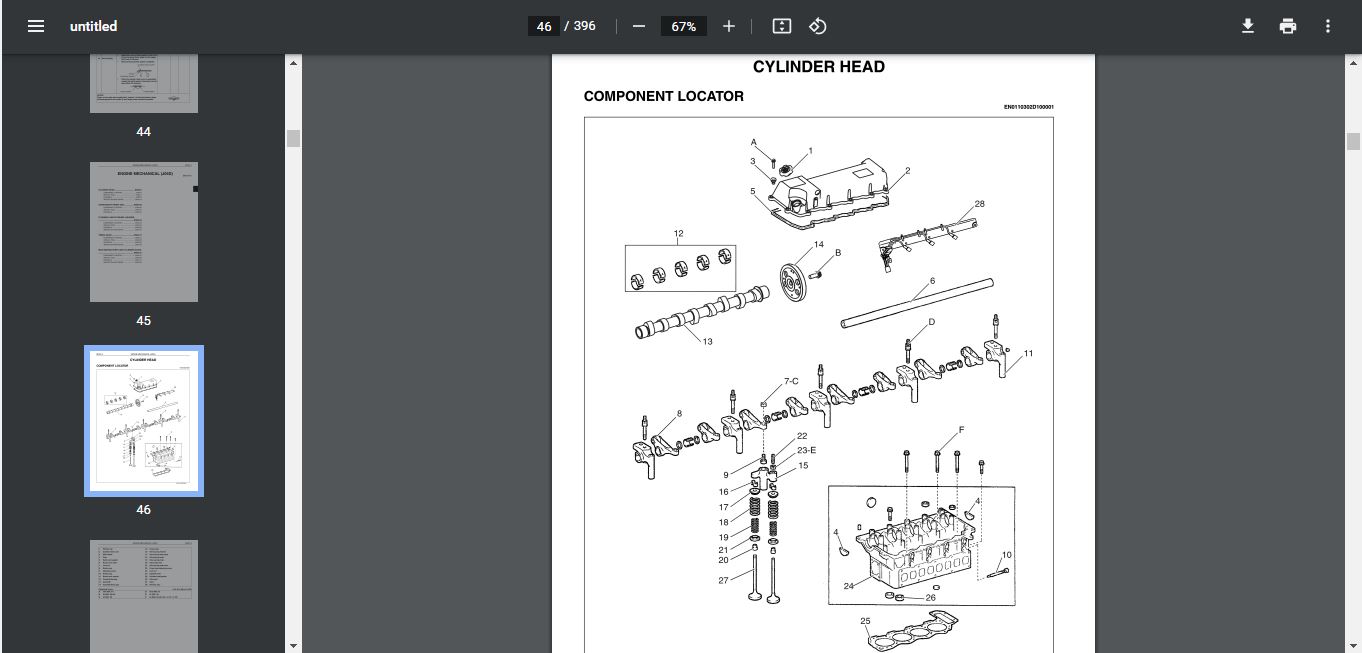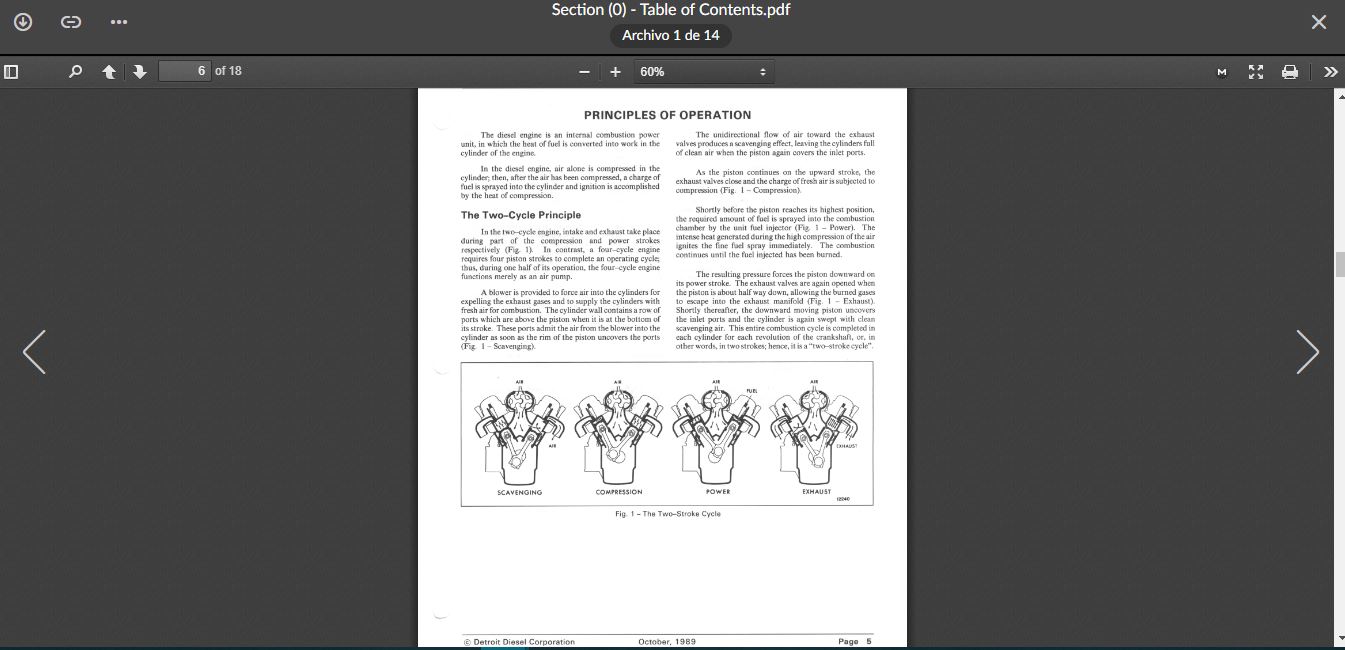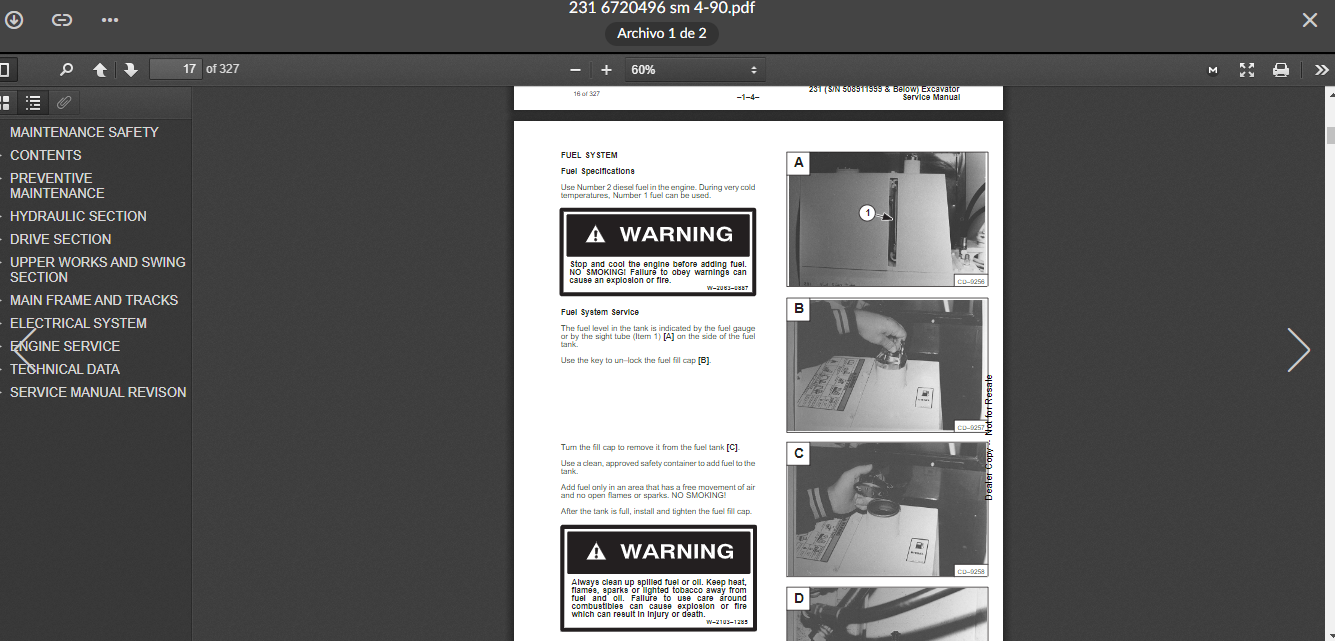Allison 3000 & 4000 Gen 4 Fault Code: P0717 Turbine Speed Sensor Circuit No Signal
DIAGNOSTIC RESPONSE:
DNS, Lock in current range
CIRCUIT DESCRIPTION:
The speed sensors are variable reluctance devices which convert mechanical motion to an AC voltage. Each sensor consists of a wire coil wrapped around a pole piece that is adjacent to a permanent magnet. These elements are contained in a housing which is mounted adjacent to rotating ferrous member. Two signal wires extend from one end of the housing and an exposed end of the pole piece is located at the opposite end of the housing. The permanent magnet produces lines of flux around the pole piece. As a ferrous object (a rib on the rotating clutch drum) approaches and passes through the gap at the end of the pole piece, an AC voltage pulse is induced in the wire coil. The Transmission Control Module (TCM) calculates the frequency of these AC pulses and converts it to a speed value. The AC voltage generated varies from 150mV at low speed to 15V at high speed. The signal wires from the sensor are formed as twisted pairs to cancel magnetically induced fields. The cable is also shielded to protect from voltage – related fields. Using two-wire differential input at the TCM eliminates noise from other sources.
CONDITIONS FOR RUNNING THE DTC:
1. TCM initialized normally, with battery and ignition voltage above 9 volt and, and while not in hydraulic default (all solenoids electrically OFF).
2. Transmission fluid temperature greater than -1 °C (30°F).
3. Range attained not Neutral (N).
4. Shift not in process.
5. Transmission output speed greater than 150 rpm unless range is Reverse 2 (R2) where output speed must be greater than 60 rpm.
6. For fire truck vocations, pump is not pumping.
CONDITIONS FOR SETTING THE DTC:
DTC P0717 sets when one of the following conditions occurs:
1. Turbine speed change greater than 800 rpm while in attained range.
2. Turbine speed below 60 rpm with output speed above 500 rpm for greater than 1 second (except R2 range is set to 100 rpm threshold).
ACTION TAKEN WHEN THE DTC SETS:
When DTC P0717 is active, the following conditions occur:
1. If the DTC sets while shift not in process, remains in current range.
2. If the DTC sets while shift is in process, complete shift and lock in that range.
3. There is no response to shift selector requests.
4. DTC is stored in TCM history.
5. The CHECK TRANS light illuminates.
6. The TCM inhibits TCC engagement.
7. The TCM freezes shift adapts.
CONDITIONS FOR CLEARING THE DTC:
Use the diagnostic tool to clear the DTC from the TCM history. The TCM automatically clears the DTC from the TCM history if the vehicle completes 40 warm-up cycles without the DTC recurring.
DIAGNOSTIC AIDS:
NOTE: When performing any resistance checks for troubleshooting, the current production sensors will have a nominal coil resistance value of 340 Ohms (± 25 Ohms) at an ambient temperature of 20°C (68°F), as compared to the former sensors which had a nominal resistance value of 300 Ohms (± 25 Ohms) at an ambient temperature of 20°C (68°F).
DTC P0717 may be caused by:
1. W120 and/or W180 shorted to another wire in chassis harness or to ground.
2. W120 and/or W180 high resistance or open circuit.
3. Broken or defective connector assemblies causing pins to short together.
4. Unlocked connectors, missing or damaged seals, missing seal plugs that allow moisture into connectors.
5. Fatigued wires at speed sensor connectors (broken strands).
6. Incorrect pin crimps or expanded terminals.
7. Defective turbine speed sensor.
8. Defective TCM.
9. Damaged rotating clutch drum.
10. Wire pair not twisted or not sufficiently twisted.
NOTE: Confirm that the speed sensor wiring consists of twisted pairs at the rate of 12 to 16 twists per 300 mm. These twists must extend the entire length of the wiring harness to within at least 50mm of the speed sensor connector.
NOTE: Drivelines that do not meet ATI specifications (1000 rad/sec² for coast and accel inertials, 500 rad/sec² torsional) can cause this DTC as well as damage internal transmission components, e.g., the output speed signal wheel with spring type roll pin design on 3000 Product Family (non-retarder), rotating drum, clutch plate splines, main case splines, etc. Other speed sensor and range ratio DTCs are usually in history or active when out-of-specification drivelines have caused transmission damage. Always check that vehicle drivelines meet ATI specifications, which include the inter-axle driveline on tandem axle vehicles, the front driveline on 4WD, and any drivelines connected to a PTO or pump, when there is a DTC history for incorrect transmission ratios, turbine, or output speed performance or loss. Refer to Troubleshooting Drivelines information.
NOTE: There is no allowable movement between the output speed signal wheel relative to the P3 carrier (3000 Product Family non-retarder). This is designed to be a press fit between the sides of the wheel groove and the sides of the spring roll pin. Replace both the spring type roll pin and wheel together if there is any radial movement of the wheel relative to the carrier.
Check for wheel movement by using a large screwdriver through the output speed sensor hole in the rear cover and attempt to push the wheel clockwise and counterclockwise. Occasionally a wheel seizes on the spring type roll pin and will still have damage in the slot. Moving the vehicle, selecting a direction change, or operating the transmission to cycle the parts between operating temperature and ambient temperature may help to confirm if wheel damage is present or not. The Universal OEM 9.0 and later has added a DPID configuration default file to attempt to capture speed signal errors that would be viewable in strip-chart. The default collection file is named SpeedSignalsDatalntegrityList.
NOTE: Select SpeedSignalsDatalntegrityList in DPID configuration prior to connecting with Universal OEM in order to strip-chart close to real time speed signal data. Refer to the OEM Technician’s Library for additional information about DPID configuration and data collection.
Review applicable information in Control System and Transmission Specifications to find additional circuit specifications, system and connector diagrams, and troubleshooting tips.
Related
-
PF Diagnose 2.0.2.23 Diagnostics Software 2013 – Full Heavy & Medium Duty with OBDII Support – Online Installation Service
PF Diagnose $60.00Rated 0 out of 5 -
Volvo Intermediate Storage File Encryptor/Decryptor (Editor) VISFED 0.3.2
Trucks software $35.00Rated 0 out of 5 -
PACCAR Electronic Service Analyst 5.4.3.0 SW files 27.03.2021 software trucks
PACCAR $60.00Rated 0 out of 5 -
Wabco ToolBox plus 13.7.0.1 + ECAS CAN2 v3.00 Diagnostics Software
Trucks software $84.00Rated 0 out of 5
Related products
-
Allison 1000 & 2000 Gen 4 Fault Codes: U1300 J1850 (Class 2) Serial Data Communication Link Low
1000 & 2000 Gen 4 $50.00Rated 0 out of 5 -
Allison 1000 & 2000 Gen 4 Fault Codes: P0873 Transmission Pressure Switch Solenoid E Circuit High
1000 & 2000 Gen 4 $50.00Rated 0 out of 5 -
Allison 1000 & 2000 Gen 4 Fault Codes: P0870 Transmission Pressure Switch Solenoid E Circuit
1000 & 2000 Gen 4 $50.00Rated 0 out of 5 -
Allison 1000 & 2000 Gen 4 Fault Codes: U0032 J1850 (Class 2) Serial Data Communication Link High
1000 & 2000 Gen 4 $50.00Rated 0 out of 5 -
Allison 1000 & 2000 Gen 4 Fault Codes: P0122 Pedal Position Sensor Circuit Low Voltage
1000 & 2000 Gen 4 $50.00Rated 0 out of 5 -
Allison 1000 & 2000 Gen 4 Fault Codes: U1041 J1850 (Class 2) ABS Controller State of Health Failure
1000 & 2000 Gen 4 $50.00Rated 0 out of 5 -
Allison 1000 & 2000 Gen 4 Fault Codes: U0073 CAN Bus Reset Counter Overrun
1000 & 2000 Gen 4 $50.00Rated 0 out of 5 -
Allison 1000 & 2000 Gen 4 Fault Codes: P2810 Solenoid G Electrical
1000 & 2000 Gen 4 $50.00Rated 0 out of 5 -
Allison 1000 & 2000 Gen 4 Fault Codes: P0872 Transmission Pressure Switch Solenoid E Circuit Stuck Closed
1000 & 2000 Gen 4 $50.00Rated 0 out of 5 -
Allison 1000 & 2000 Gen 4 Fault Codes: U1096 J1850 (Class 2) IPC Controller State of Health Failure
1000 & 2000 Gen 4 $50.00Rated 0 out of 5 -
Allison 1000 & 2000 Gen 4 Fault Codes: P1779 Engine Torque Delivered To TCM Signal
1000 & 2000 Gen 4 $50.00Rated 0 out of 5 -
Allison 1000 & 2000 Gen 4 Fault Codes: P0846 Transmission Pressure Switch Solenoid D Circuit Stuck Open
1000 & 2000 Gen 4 $50.00Rated 0 out of 5 -
Allison 1000 & 2000 Gen 4 Fault Codes: P0848 Transmission Pressure Switch Solenoid D Circuit High
1000 & 2000 Gen 4 $50.00Rated 0 out of 5 -
Allison 1000 & 2000 Gen 4 Fault Codes: U1064 J1850 (Class 2) TBC Controller State of Health Failure
1000 & 2000 Gen 4 $50.00Rated 0 out of 5
-
SERVICE MANUAL International Engines MaxxForce 7 (2007-2009)
INTERNATIONAL ENGINES $31.00Rated 0 out of 5










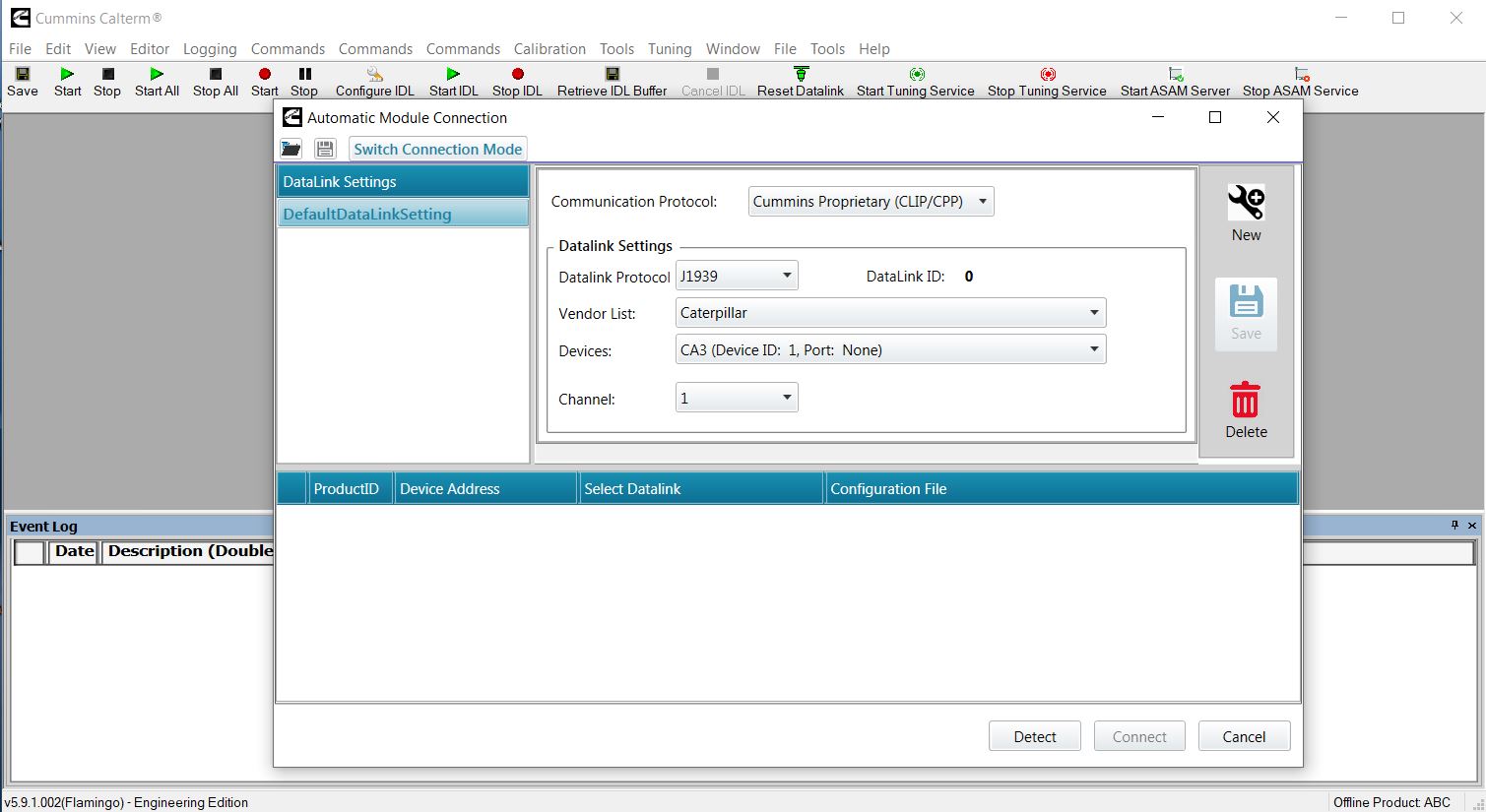



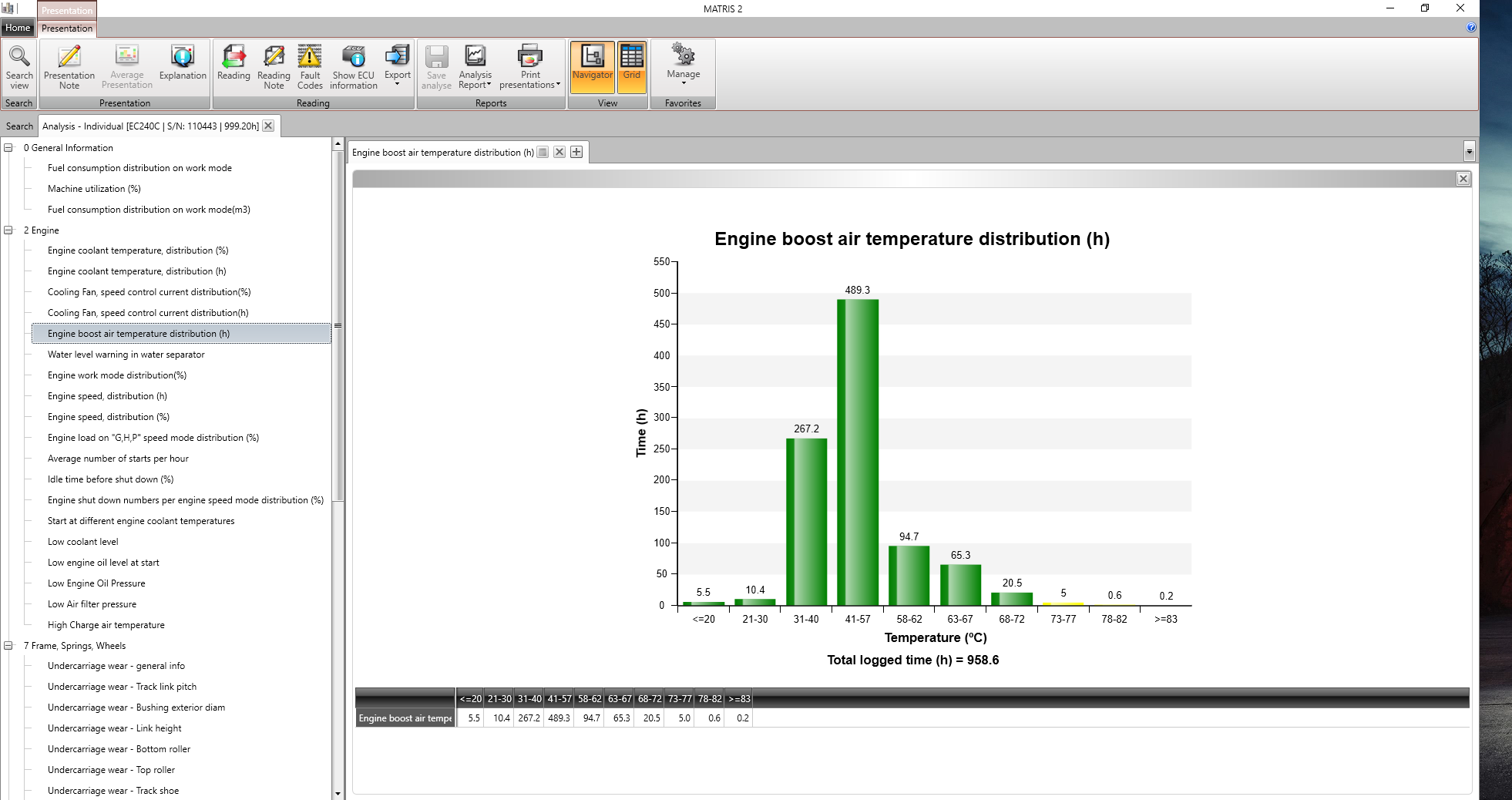



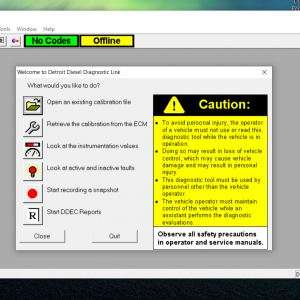

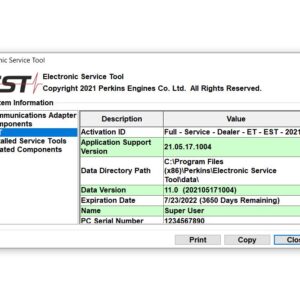

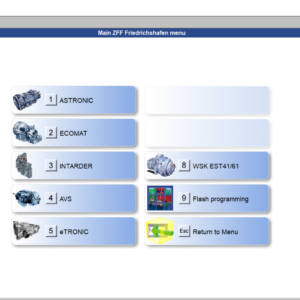



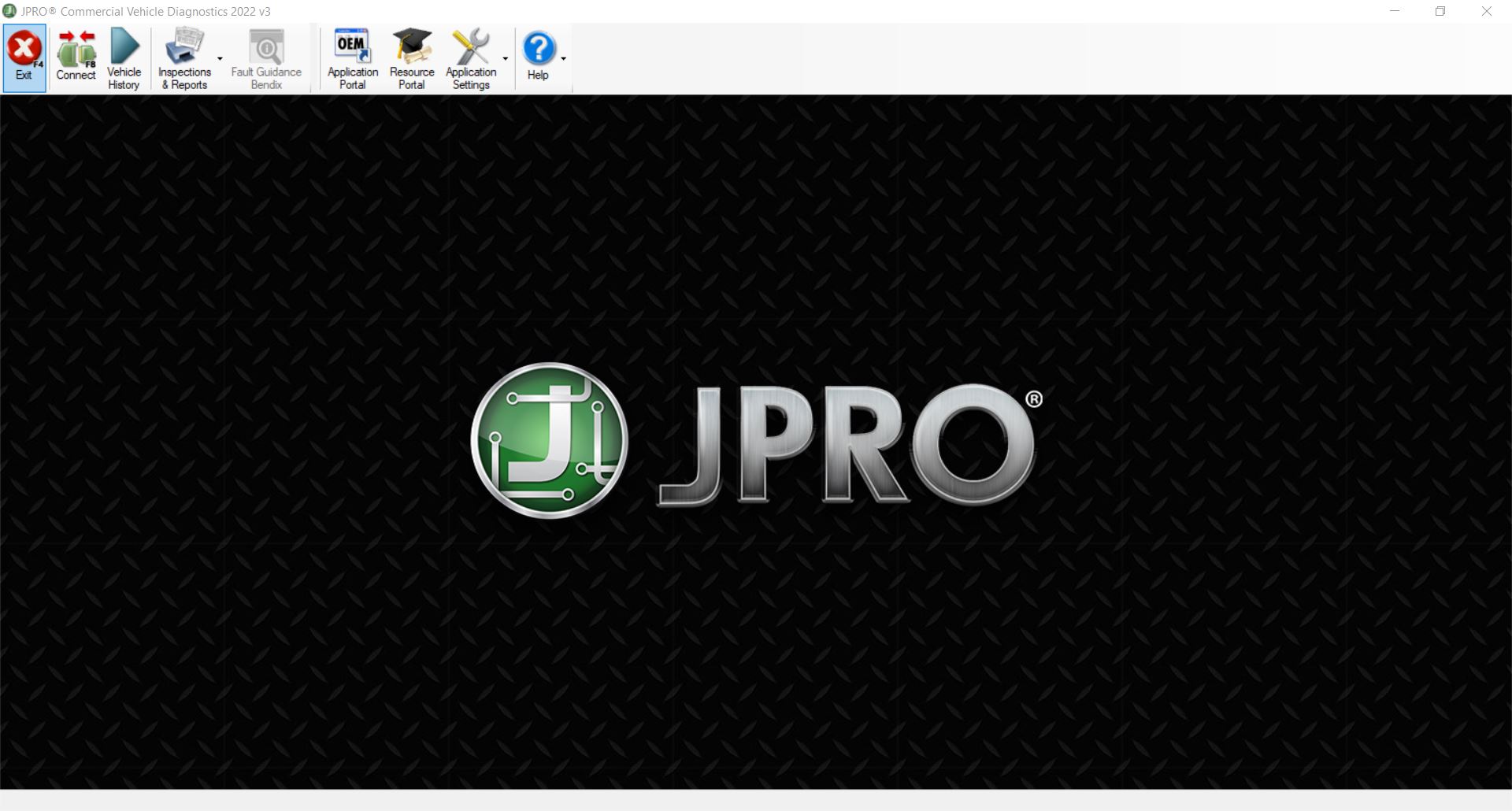

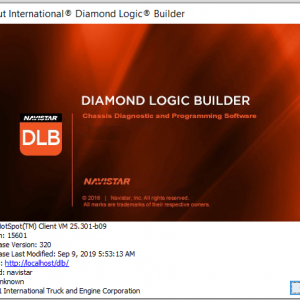
![Volvo Penta EPC 6 Offline VMware [12.2021] VMware](https://i0.wp.com/www.ecuforcetruck.com/wp-content/uploads/2022/11/VOLVO-PENTA-2021-A.jpg?resize=300%2C300&ssl=1)
